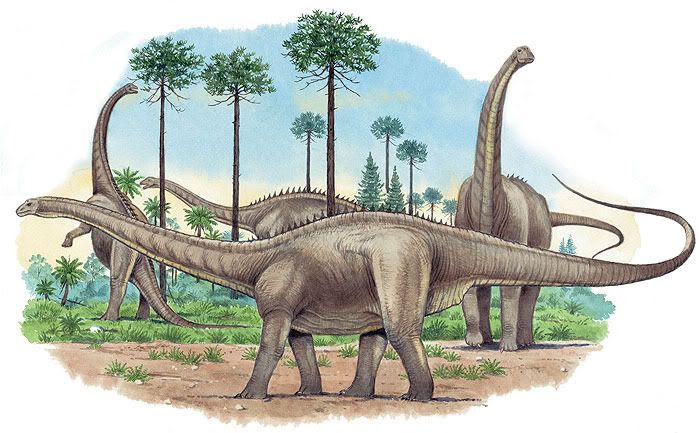Post by dinosauria101 on Feb 21, 2019 18:28:17 GMT 5
Straight-tusked Elephant - Palaeoloxodon antiquus
The straight-tusked elephant (Palaeoloxodon antiquus) is an extinct species of elephant that inhabited Europe during the Middle and Late Pleistocene (781,000–50,000 years before present). Palaeoloxodon antiquus was quite large, with individuals reaching 4 metres (13.1 ft) in height. One approximately 40-year-old male measured about 3.81 metres (12.5 ft) tall and weighed about 11.3 tonnes (11.1 long tons; 12.5 short tons), while another from Montreuil weighed about 15 tonnes (14.8 long tons; 16.5 short tons) and was about 4.2 metres (13.8 ft) tall. and had long, slightly upward-curving tusks. P. antiquus's legs were slightly longer than those of modern elephants. This elephant is thought to have had an 80-cm-long tongue that could be projected a short distance from the mouth to grasp leaves and grasses. With this tongue and a flexible trunk, straight-tusked elephants could graze or browse on Pleistocene foliage about 8 metres (26 ft) above ground.

Apatosaurus ajax
Apatosaurus (meaning "deceptive lizard") is a genus of herbivorous sauropod dinosaur that lived in North America during the Late Jurassic period. Othniel Charles Marsh described and named the first-known species, A. ajax, in 1877, and a second species, A. louisae, was discovered and named by William H. Holland in 1916. Apatosaurus lived about 152 to 151 million years ago (mya), during the late Kimmeridgian to early Tithonian age, and are now known from fossils in the Morrison Formation of modern-day Colorado, Oklahoma, New Mexico, Wyoming, and Utah in the United States. Apatosaurus ajax would have ranged from 28 meters (92 feet) and 50-60 tonnes, and possibly up to 37 meters (122 feet) and 100 tonnes.

Credit to Wikipedia
The straight-tusked elephant (Palaeoloxodon antiquus) is an extinct species of elephant that inhabited Europe during the Middle and Late Pleistocene (781,000–50,000 years before present). Palaeoloxodon antiquus was quite large, with individuals reaching 4 metres (13.1 ft) in height. One approximately 40-year-old male measured about 3.81 metres (12.5 ft) tall and weighed about 11.3 tonnes (11.1 long tons; 12.5 short tons), while another from Montreuil weighed about 15 tonnes (14.8 long tons; 16.5 short tons) and was about 4.2 metres (13.8 ft) tall. and had long, slightly upward-curving tusks. P. antiquus's legs were slightly longer than those of modern elephants. This elephant is thought to have had an 80-cm-long tongue that could be projected a short distance from the mouth to grasp leaves and grasses. With this tongue and a flexible trunk, straight-tusked elephants could graze or browse on Pleistocene foliage about 8 metres (26 ft) above ground.

Apatosaurus ajax
Apatosaurus (meaning "deceptive lizard") is a genus of herbivorous sauropod dinosaur that lived in North America during the Late Jurassic period. Othniel Charles Marsh described and named the first-known species, A. ajax, in 1877, and a second species, A. louisae, was discovered and named by William H. Holland in 1916. Apatosaurus lived about 152 to 151 million years ago (mya), during the late Kimmeridgian to early Tithonian age, and are now known from fossils in the Morrison Formation of modern-day Colorado, Oklahoma, New Mexico, Wyoming, and Utah in the United States. Apatosaurus ajax would have ranged from 28 meters (92 feet) and 50-60 tonnes, and possibly up to 37 meters (122 feet) and 100 tonnes.

Credit to Wikipedia




